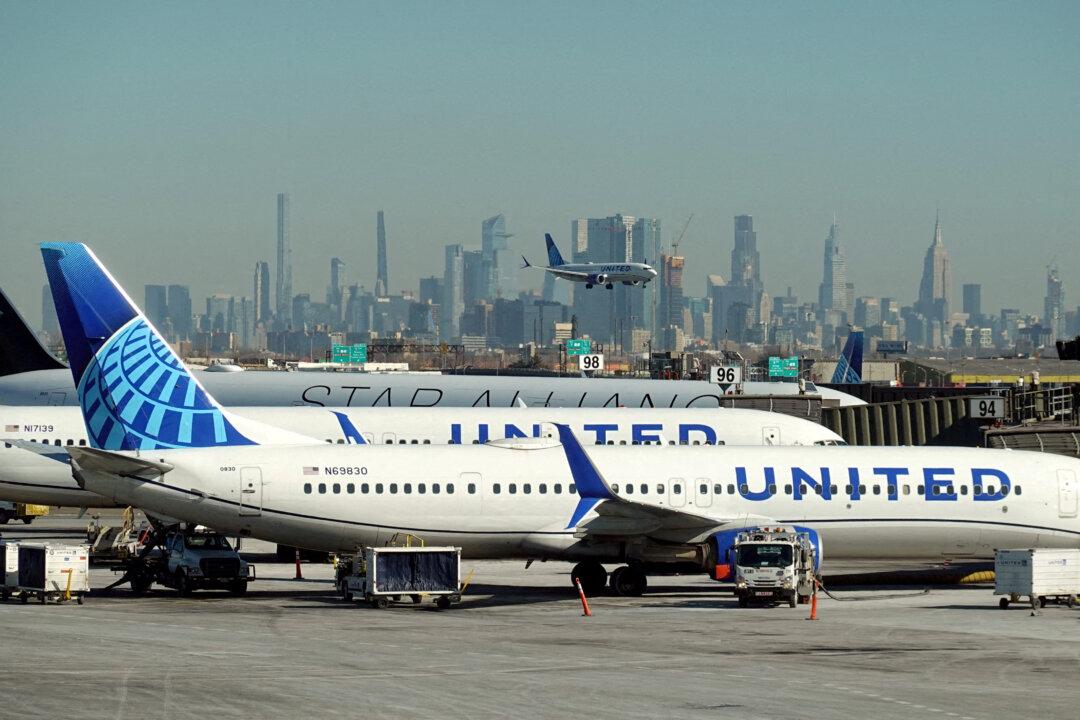A drop in global gasoline prices in the past two weeks has dented refiners’ profits, pushing up inventories in key trading hubs around the world while looming exports from China and India also add to pressure on growing stockpiles.
Refiners will be forced to cut gasoline output to safeguard themselves against losses and switch to producing more profitable fuels, traders say, but summer demand is also being hurt by high pump prices in the United States and Europe, and by instability and easing seasonal demand in some parts of Asia.
This has led to a rise in inventories from Singapore to Amsterdam-Rotterdam-Antwerp and the United States, according to traders, analysts, and inventory data.
Asia’s top fuel exporter Taiwan’s Formosa Petrochemical Corp could reduce operating rates at their residue fluid catalytic cracking (RFCC) units, which are now running at full capacity, by 5 percent in the coming weeks.
“We will sell more VLSFO (very low sulphur fuel oil) because their margins are better,” Formosa’s spokesperson K.Y. Lin told Reuters. VLSFO can be used as a feedstock for RFCC units to produce gasoline or sold as marine fuel.
Asian gasoline margins have plunged more than 102 percent in July to a discount of 14 cents a barrel to Brent crude after hitting a record at a premium of $38.05 a barrel in June, Refinitiv data showed. They are also at the lowest for this time of the year since at least 2000.
That has depressed Asian refining margins to 88 cents a barrel over Dubai crude on Monday, tumbling from a record $30.49 in June.
India’s gasoline exports could rise by 15,000–20,000 bpd, bringing August and September exports to an average of 260,000 bpd, consultancy FGE estimates, following the removal of gasoline export duty last week.
Meanwhile, first-half July gasoline imports into Asia dropped 240,000 tonnes from second-half June levels led by Indonesian declines, Asia’s largest gasoline importer, FGE said in a note.
In Sri Lanka and Pakistan, demand has been hit by economic and political turmoil, further exacerbating the thinning of regional margins, traders said.
US, Europe
In the United States, gasoline products that are derivatives of gasoline—a proxy for demand—was about 8.5 million bpd, or about 7.6 percent lower than the same time a year ago, government data show.“Refinery production increased throughout June in response to high crack spreads. At the same time, gasoline consumption decreased below 2021 levels beginning in April,” according to the EIA’s short-term energy outlook.
The so-called 321 crack spread, a proxy for refining margins, have fallen to the lowest in more than three months at $37.57 a barrel last week, down from historical highs of nearly $60 in June but still well above seasonal levels.
Meanwhile, gasoline spot prices in New York Harbor have fallen to $3.35 in mid-July from $4.43 per gallon in June, traders said.
“Refiners must be concerned about the large storage builds during the summer driving season, and I would not be surprised to see another hit to the refinery utilization rate in next week’s report,” said Bob Yawger, director of energy futures at Mizuho.
In Europe, traffic congestion data from navigation data group TomTom suggests urban fuel demand has started falling.
Inventories in the region have also increased reflecting the trend. Gasoline stocks were up 2.4 percent year-on-year in June, Euroilstock data showed.
Northwest European gasoline barge refining margins were around $10 a barrel on Friday, down from a record $56 in early June.
Citi analysts, however, expect refining margins to strengthen again into the fourth quarter due to a demand boost from potential gas-to-oil switching in Europe and further reduction of Russian diesel exports from European Union sanctions.





